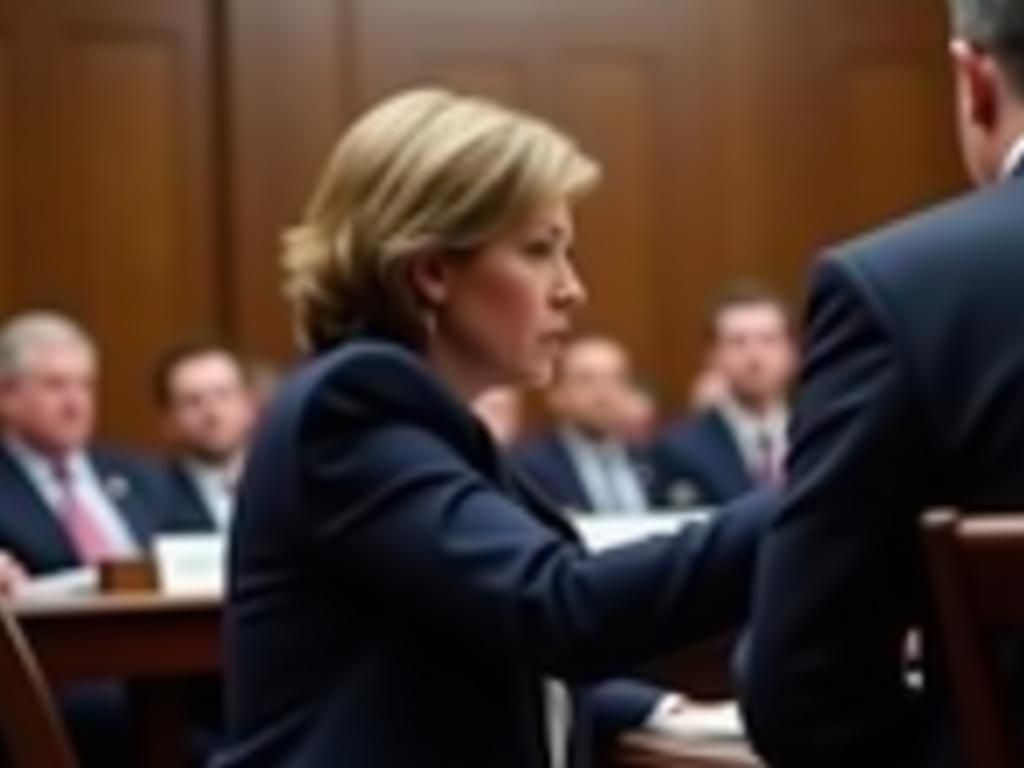
The filibuster, a procedural tactic in the U.S. Senate, is currently the subject of intense debate and scrutiny.
The filibuster allows a senator, or a group of senators, to delay or block a vote on a bill or other measure.
To overcome a filibuster, 60 votes are typically required to invoke ‘cloture,’ ending debate and allowing a vote on the underlying issue. This requirement significantly complicates the passage of legislation in a closely divided Senate.
Historically, the filibuster has been used sparingly, but its frequency has dramatically increased in recent decades, particularly as political polarization has intensified.
Proponents of the filibuster argue it protects the rights of the minority party, encourages compromise, and prevents the passage of extreme legislation.
Critics contend the filibuster allows a minority to obstruct the will of the majority, leading to legislative gridlock and hindering progress on important issues.
Calls to reform or eliminate the filibuster are growing, especially concerning voting rights and other key legislative priorities.
Possible reforms being discussed include limiting the scope of the filibuster or lowering the number of votes needed to invoke cloture in specific situations. Full elimination of the filibuster is also being debated.
The debate over the filibuster highlights the broader challenges of governing in a highly polarized political environment and the ongoing struggle to balance minority rights with the ability to address national concerns.



